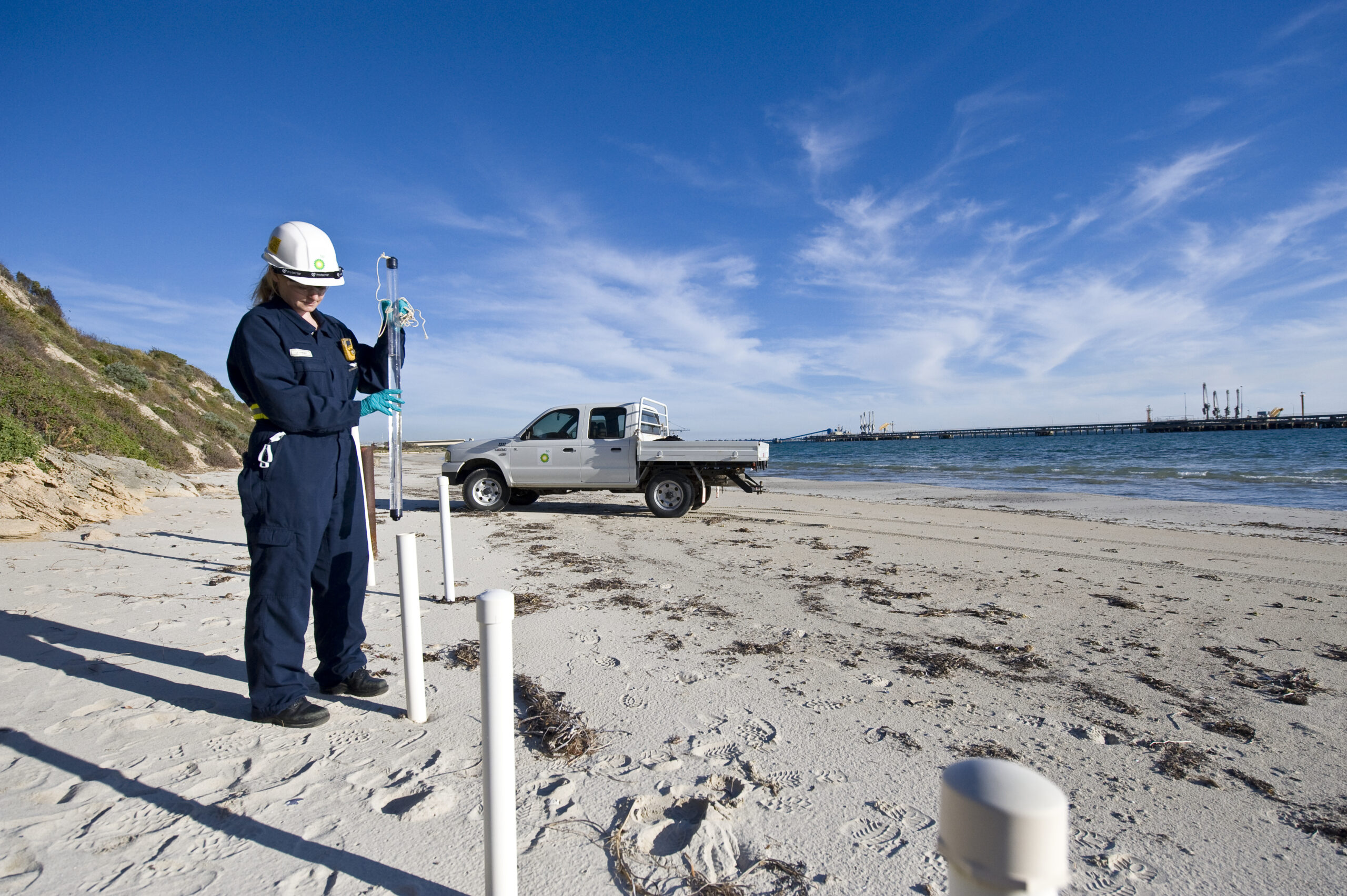- Author
- Louise Weine
- Published
- 03.02.23
- Share
Not a member? Join us
Our members enjoy access to exclusive member only content and resources such as case studies, webinar recordings, networking events, professional development programs and industry solutions forums. We would love to have you join us.
Find out more

